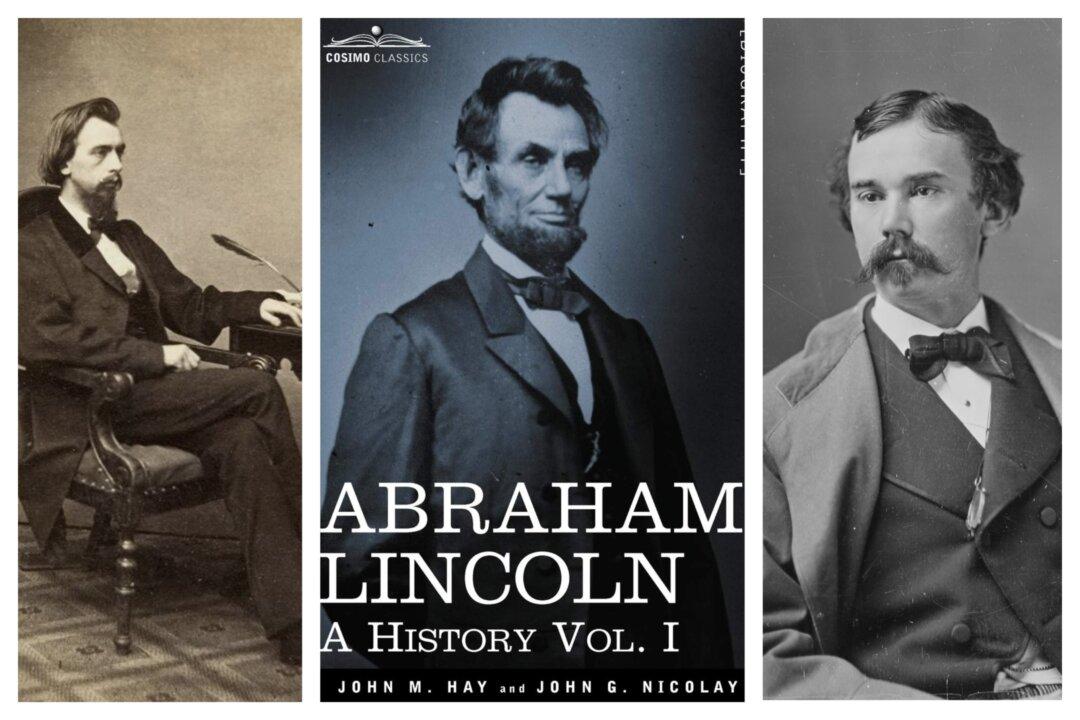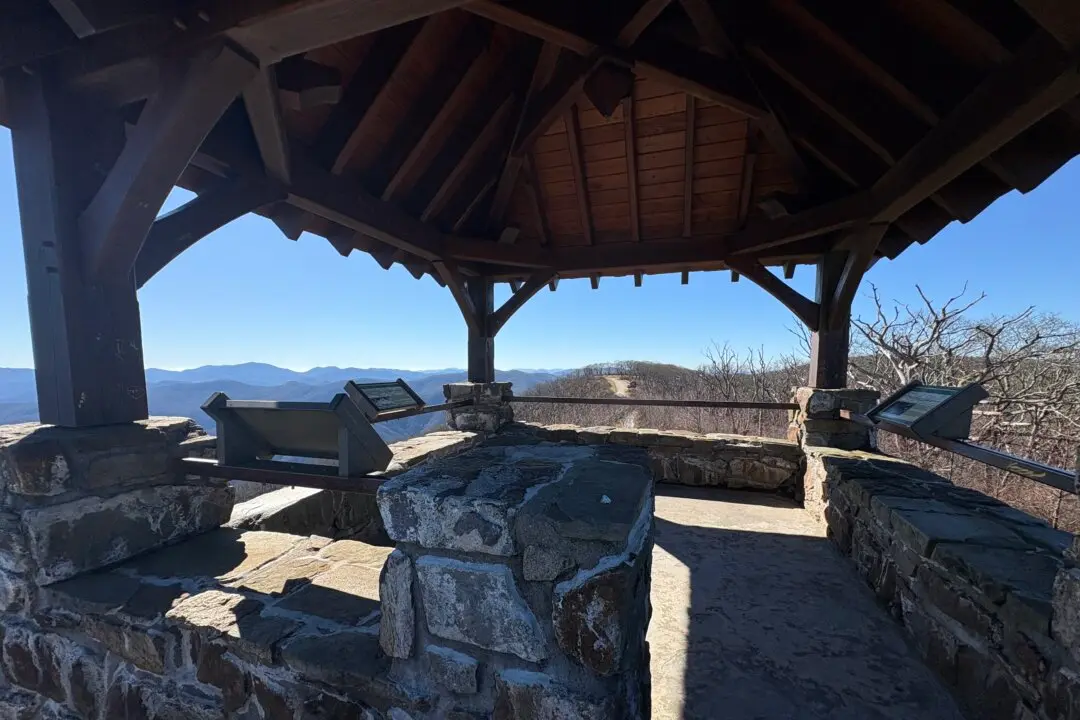Although President Lincoln’s Cottage isn’t far off the beaten track, as it’s only about three miles from the White House, it’s one of those little-known and lesser-visited sites in the Washington area.
While the cottage wasn’t built for the 16th president, Abraham Lincoln occupied it occasionally and the structure became associated with him. It was originally built for 19th-century banker George W. Riggs in 1842. But less than 10 years later, in 1851, Gen. Winfield Scott prompted the federal government to purchase the cottage and surrounding 200-plus acres to receive wounded and disabled veterans of U.S. military service, especially those who fought in the Mexican-American War (1846–1848). The Civil War was still 10 years away when this decision was made, and the cottage became known as the Soldiers’ Home.





